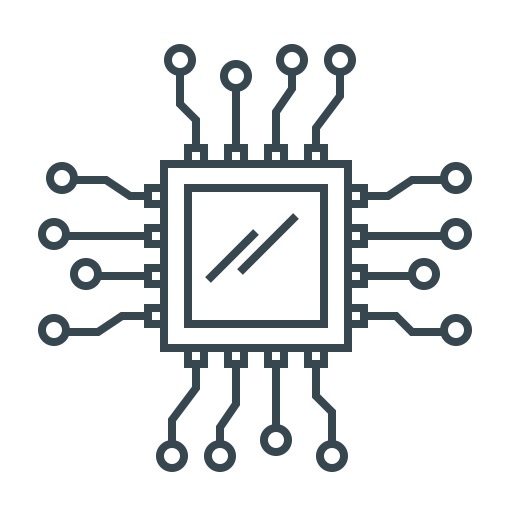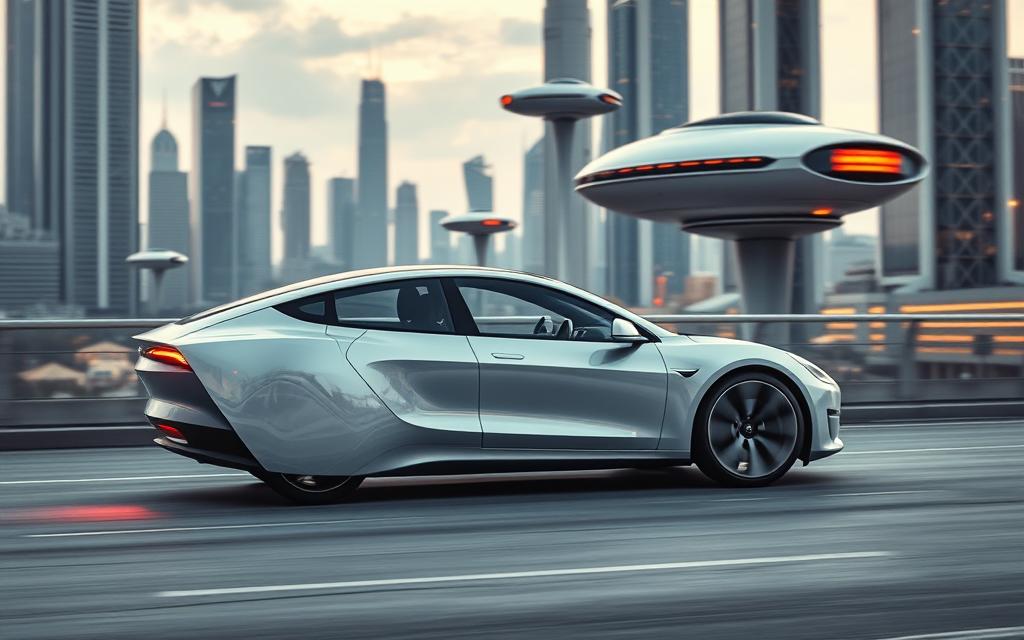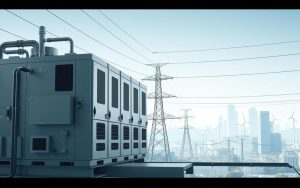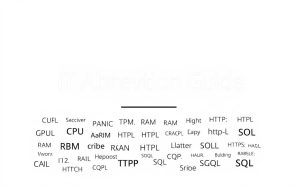When we talk about electric vehicle innovation, Tesla is always at the forefront. They use the latest technology to make cars that get better over time. This way, they not only make cars go faster but also make them better for the planet.
At Tesla, they use AI to design their cars. This means the cars get smarter and more efficient. They focus on what drivers really need, not just what they think they might need.
This approach makes their cars better with updates sent over the air. This means no need for expensive fixes. It’s a win for the environment and for drivers.
Every new feature at Tesla shows they’re all about making cars better. They’re not just making cars; they’re changing how we think about travel.
Tesla’s Core Technological Philosophy
Tesla’s innovation is built on self-reliance and constant growth. This mix helps the company stay ahead while quickly responding to market needs. At the core are two key strategies: vertical integration and using data to improve.
Vertical Integration Strategy
Tesla’s vertical integration benefits are clear. Unlike others, Tesla controls all key parts, from design to assembly.
In-house Software Development
The company makes its own operating systems. These manage:
- Battery thermal regulation
- Autopilot decision-making algorithms
- User interface personalisation
This lets Tesla introduce industry-first features like Sentry Mode through updates.
Proprietary Battery Production
The Nevada Gigafactory makes battery cells. They have:
| Metric | Traditional Cells | Tesla 4680 Cells |
|---|---|---|
| Energy Density | 250 Wh/kg | 380 Wh/kg |
| Production Cost | $120/kWh | $97/kWh |
| Charge Cycles | 1,500 | 3,500+ |
Continuous Improvement Ethos
Tesla sees every car as a data-driven prototype. It makes improvements through two main ways.
Over-the-air Updates Philosophy
The OTA update advantages are more than just convenience. Recent updates include:
- 15% battery range optimisation
- Autopilot obstacle recognition upgrades
- Charging speed improvements
Data-driven Design Iterations
Feedback from 4 million+ vehicles guides engineering. This loop has helped Tesla:
- Reduce Model Y door seal failures by 43%
- Optimise heat pump efficiency by 17%
- Increase Cybertruck structural rigidity by 31%
Revolutionising Battery Technology
Tesla is changing electric cars with new battery tech. They focus on making batteries more powerful, cheaper, and green. The 4680 battery cell, structural battery packs, and recycling are key to this progress.
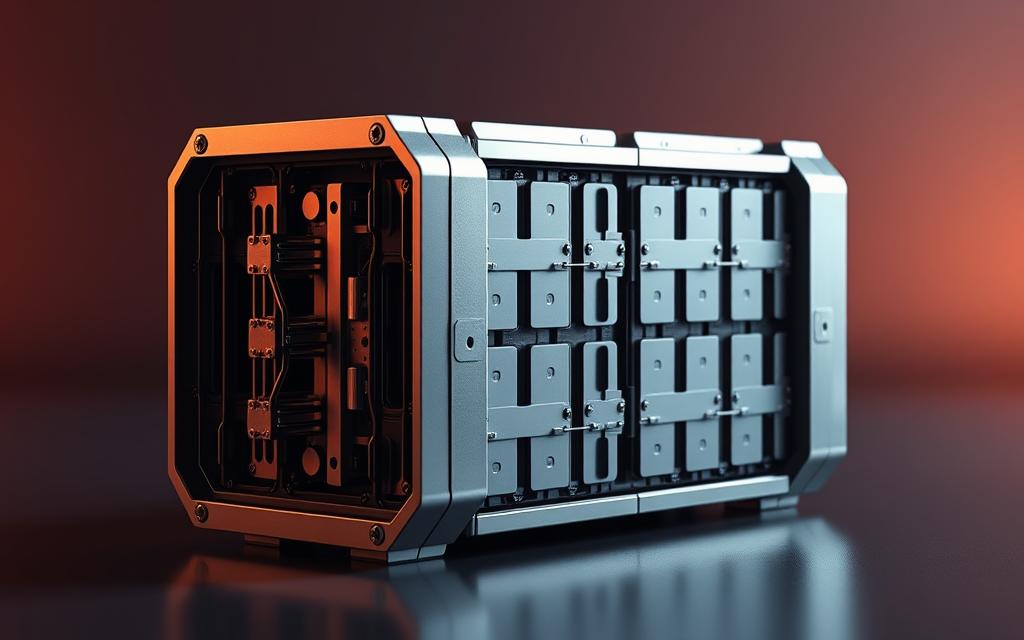
4680 Cell Innovations
The 4680 battery cell boosts energy by 50% over old designs. It uses a dry electrode method that’s safer and cheaper. This method cuts down on harmful chemicals and factory space by 75%.
Tesla says this new way of making batteries is 18% cheaper per kilowatt-hour.
Tabless cell design benefits
The 4680’s tabless design is a big leap forward. It improves how batteries handle heat and charge faster. This design brings:
- 16% faster 10-80% DC fast charging
- 20% higher power output during acceleration
- Less chance of overheating
Structural Battery Packs
Tesla’s structural battery pack turns batteries into part of the car’s body. The Model Y shows this with a design that’s stronger and has fewer parts.
Cybertruck crash protection
Tests show the Cybertruck’s battery pack can take more impact than usual designs. Tesla’s battery expert said:
“Our cells become part of the vehicle’s protective structure, not just something it carries.”
Battery Recycling Programme
The Nevada Gigafactory recycles 95% of battery materials, like 98% pure nickel. This process:
- Reduces mining needs by 72 tonnes per 1,000 batteries
- Cuts emissions by 60% compared to making new materials
- Recovers cobalt at 99% efficiency
| Metric | Traditional Pack | Structural Pack |
|---|---|---|
| Weight (kg) | 540 | 490 |
| Crash Energy Absorption | 120 kJ | 162 kJ |
| Production Time | 8 hours | 5.5 hours |
Pioneering Electric Powertrains
At the heart of Tesla’s vehicles is a well-designed powertrain. It combines the latest motor tech with top-notch thermal control. These systems work together to offer electric powertrain efficiency that beats traditional designs. They also keep the car running smoothly in harsh weather.
Permanent Magnet Motor Design
Tesla’s motor tech doesn’t need rare-earth metals. It achieves top energy conversion rates. The Model 3 rear motor efficiency shows this, turning 97% of electrical energy into motion. This is better than the 85-90% of other systems.
Platinum-Free Rotor Technology
Engineers changed rotor parts to use copper instead of platinum. This cut costs by 20% and kept thermal management systems strong. These systems can handle 150kW of power continuously.
“Our motor design philosophy focuses on removing expensive materials without compromising performance.”
Thermal Management Systems
Tesla’s climate control has changed how energy is used in cars. The Octovalve heat redistribution system moves motor warmth to either warm the cabin or cool the battery. This cuts HVAC energy use by 30%.
Cold Weather Performance Enhancements
Adaptive preconditioning algorithms warm batteries during charging in cold. This thermal management systems trick keeps 90%+ charging speed at -10°C. It’s a big help for drivers in cold states.
These improvements make Tesla’s powertrains better in many ways:
- 15% greater range than competitors
- 50% faster heat dissipation during rapid charging
- 3x longer component lifespan in extreme climates
Autopilot and Full Self-Driving Capabilities
Tesla’s autonomous driving tech is a big leap forward. It combines advanced hardware with machine learning. The system’s growth relies on three key areas: adaptive hardware architecture, neural network sophistication, and multi-layered safety protocols.
This combination lets Tesla cars understand complex situations. They also keep drivers and pedestrians safe.
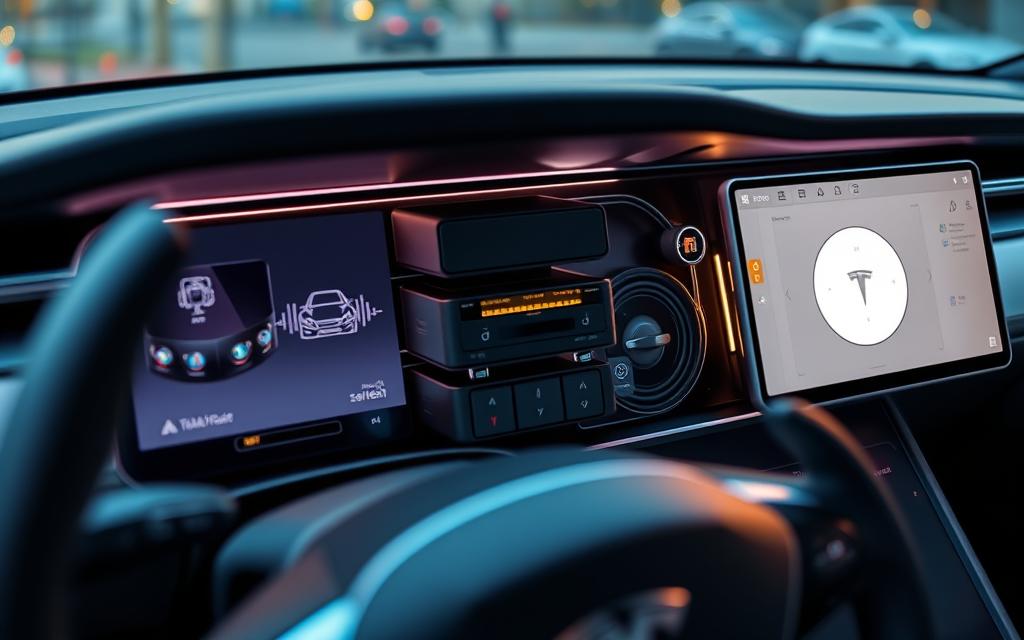
Hardware Suite Evolution
The move to Hardware 4 (HW4) is a big step for Tesla. It brings new 5-megapixel cameras that cover 220 degrees. These cameras work better in low light, 36% more than before.
These cameras can spot traffic lights from 50% farther away. They do this without slowing down the car’s computer.
Dojo Supercomputer Integration
Tesla’s Dojo supercomputer is a game-changer. It processes 1.8 exaflops of data every day. That’s like watching 180 years of HD video in just one hour.
This supercomputer speeds up training by 300%. It fine-tunes FSD neural networks using data from Tesla’s cars all over the world.
Neural Network Development
Tesla uses 8 cameras around the car for its vision-only approach. This method doesn’t need radar or lidar. It creates detailed maps of the surroundings.
This approach cuts costs and makes the system faster. It uses all camera data together.
Safety Implementation Framework
Tesla’s system watches the driver with infrared cabin cameras. It checks head and eye movements 18 times a second. If the driver seems distracted, it gets more alert.
It does this by vibrating the steering wheel, making sounds louder, and flashing hazard lights.
Collision Avoidance Statistics
NHTSA data shows Tesla cars with Tesla Autopilot AI have 40% fewer crashes. The system can stop 78% of rear-end accidents by acting fast.
“Our neural networks make decisions based on physics-first principles, not just pattern recognition. This fundamentally changes how vehicles understand their environment.”
Manufacturing Process Innovations
Tesla’s factories show how changing vehicle assembly can make production much faster. They use Italian-made IDRA gigapresses and smart automation. This makes production 50% faster than before.
Gigacasting Breakthroughs
The Model Y’s underbody is a big change for Tesla. It now has a single aluminium casting for the rear structure. This change:
- Reduces welding points by 1,600 units per vehicle
- Improves torsional rigidity by 30%
- Cuts assembly time by 15%
IDRA 9,000-ton presses
These huge machines help Tesla make car frames fast. They press molten aluminium into shape in just 80 seconds. This process:
- Eliminates the need for traditional stamping lines
- Reduces the need for component alignment
- Removes the need for checks on welded joints
Automated Production Lines
The Berlin Gigafactory is a top example of advanced robotics. It has over 450 custom-built machines for tasks like battery module insertion and paint checks.
Berlin Gigafactory robotics
The facility’s door panel installers are very precise, with 0.2mm accuracy. Cobots work with humans to:
- Apply sealants with ultrasound monitoring
- Position glass roofs using vacuum grippers
- Torque critical bolts to exact specifications
Quality control algorithms
Machine vision systems check each vehicle 187 times with 12-megapixel cameras. The software can spot small issues, like 0.5mm deviations. This has cut down on defects by 43%.
Sustainable Energy Ecosystem
Tesla goes beyond making electric cars. They create holistic energy networks that link solar power, battery storage, and smart grids. This makes people part of the energy market and cuts down on fossil fuel use.
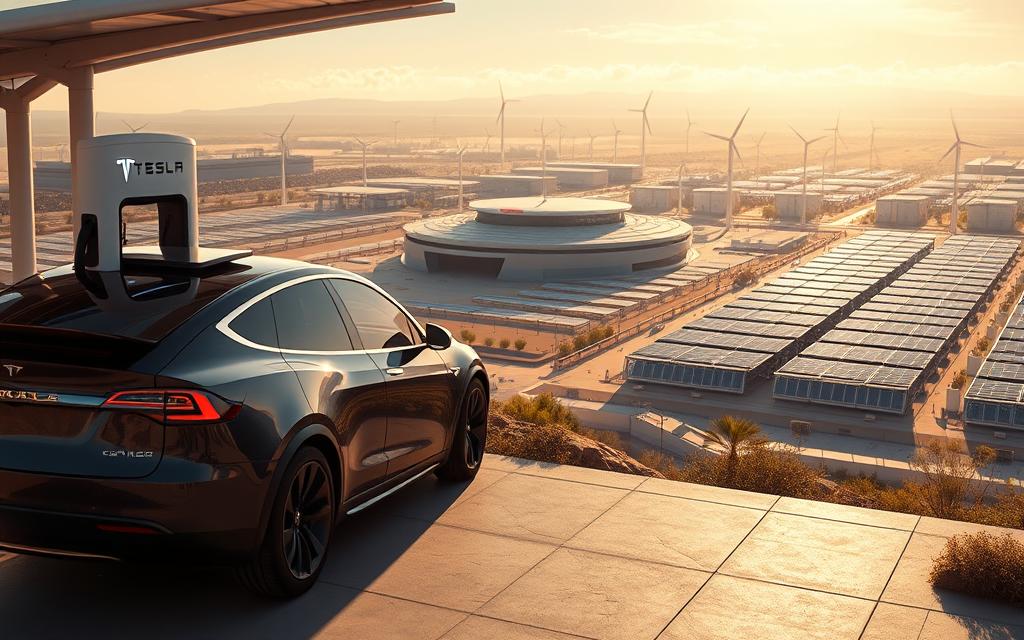
Solar Integration Solutions
The Powerwall is key for homes with solar panels. The second-generation Powerwall holds 13.5kWh, enough for most homes at night or during power cuts. With Solar Roof tiles, homes in sunny places like California can be 80-95% energy independent.
Supercharger stations now have solar canopies in 25 US states. These canopies:
- Make 30-60% of the station’s power
- Lessen grid demand when cars are charging
- Offer shade to improve battery efficiency
| Feature | Powerwall | Solar Canopy |
|---|---|---|
| Primary Function | Home energy storage | Charging infrastructure support |
| Average Output | 5kW continuous | 75kW per station |
| Grid Relief Capacity | Up to 12 hours | Peak shaving |
Vehicle-to-Grid (V2G) Capability
The Cybertruck’s bidirectional charging is Tesla’s first real V2G tech. Owners can:
- Use the truck’s 123kWh battery to power homes during outages
- Sell extra energy back to the grid when it’s needed most
- Lower their charging costs through grid programmes
Texas Energy Market Trials
Tests in ERCOT’s market show V2G tech works big time. A 150-vehicle trial:
- Added 18MWh to the grid
- Lowered peak demand charges by 23% for users
- Kept 98% of vehicles ready to charge
Conclusion
Tesla leads the way in electric vehicle technology by controlling every part of the process. They make cars that set new standards and help the environment. This is shown in their automotive partnerships and how they change the industry.
Their gigafactory is a key part of this vision. It makes 50 gigawatt-hours of batteries a year, at a 30% lower cost. This helps make clean energy more available worldwide. They also work on recycling batteries to use less of the earth’s resources.
They’re also working on making cars smarter with neural networks and autonomous systems. They’ve logged over 10 billion miles of data to make their cars safer. This means their cars can keep up with the latest safety standards.
As other car makers move to electric, Tesla shows them how to do it right. They focus on big changes, not small ones. This could make cars charge in under 10 minutes and last over a million miles. It’s a step towards making green cars affordable for everyone, just like Elon Musk dreamed in 2008.
